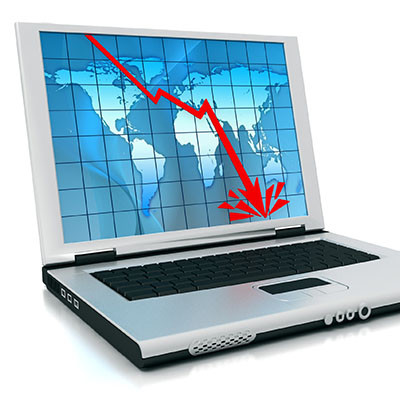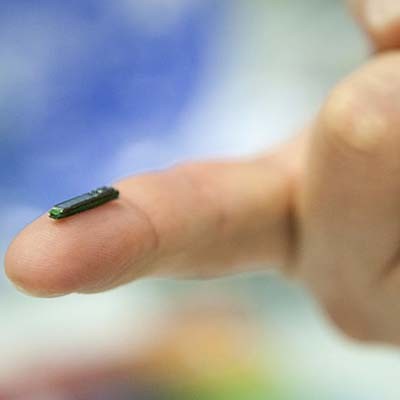Building a company’s computing infrastructure is a costly and time-consuming process. Sure, you can purchase new servers; or workstations in bulk, but overall it takes some time to get everything set up and running just how you need it to. PC manufacturers are shipping fewer computers than ever before and that may have an impact on your business’ ability to get the technology it needs when it needs it. Let’s take a look.
USA Computer Services Blog
Huawei is one of the biggest technology companies in the world, employing over 200,000 people and accruing more than $100 billion in annual revenue without being a major player in the hungry U.S. market. As impressive as these numbers are, the Chinese company is staring at a very troubling situation in the face.
Over time, we’ve seen technology be developed into smaller and smaller sizes. One of the most notable examples of this is the computer. Computers used to be so large that they would take up the whole room, but nowadays, thanks to the developments in technology manufacturing, they take up a fraction of the space that they did not so long ago. What’s even more amazing is that this development has simultaneously increased performance while making technology take up a considerably smaller amount of space.
 There are times when you put off something on your to-do list and somehow it magically works itself out. This usually happens when someone else picks up the slack and takes care of what you needed to get done. Then there are things on your to-do list that, if you don't get to in a timely manner, will end up costing you in the long run--like PC maintenances.
There are times when you put off something on your to-do list and somehow it magically works itself out. This usually happens when someone else picks up the slack and takes care of what you needed to get done. Then there are things on your to-do list that, if you don't get to in a timely manner, will end up costing you in the long run--like PC maintenances.
Computers are machines that need to be cared for and maintained. If a PC is left totally unattended to and it's used regularly, it will wear down after each use and eventually experience the dreaded crash. The primary piece of equipment responsible for this risk is the hard disk drive. A computer hard drive contains disks called platters that have data written on them. These platters spin at thousands of RPMs and tiny moving parts are used to read the data off of the spinning disks. The intricacy and design of all the tiny moving parts lends itself to product degradation.



